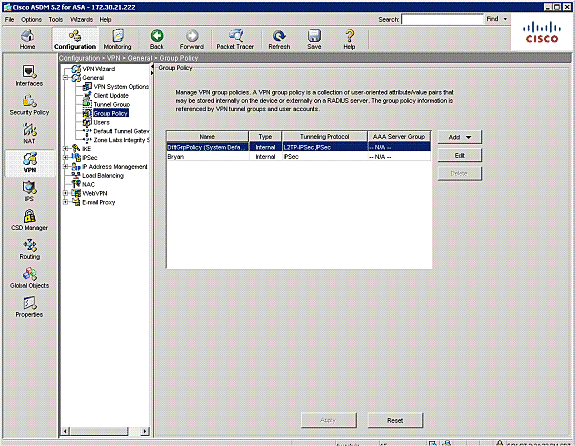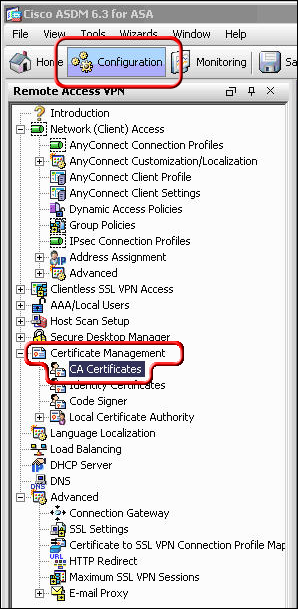

The configuration steps that are shown in this article assume that ASA policy has been configured to allow the traffic in the first place, if this has not yet been done do it first before beginning the steps in this article. This article will take you through the steps that are required to configure an ASA 5505 as an Easy VPN Server and as an Easy VPN client specifically using the Network Extension Mode (NEM). This feature enables a remote office to obtain an ASA 5505 and implement a VPN solution that connects them to a central location with five commandsor one screen if you use the Cisco's Adaptive Security Device Manager (ASDM) GUI management tool. One of Cisco's answers to this problem is the creation of the Easy VPN (EZVPN) hardware client that is available on the Adaptive Security Appliance (ASA) model 5505. One of the problems that can be found is the complexity of the configuration that is required for both the central location (headend) and the remote offices. When configured correctly, VPNs are highly secure and provide the remote offices mostly seamless access to a central internal network. Lets say Site A ISP A has tunnel to Site B ISP A.CCNA Routing and Switching 200-120 Network Simulatorįor those looking to secure their remote network locations, one of the most popular (and cheap) options to use is a Virtual Private Network (VPN). Let's say that there are two sites with two ISPs. I need to build something like this too sometime this year but I am little unclear to how this works exactly. You can also use more complex designs with separate routing devices.

You can even do that with just one ISP (one WAN connection) and using 2 or more tunnel setups so that you can prefer to use VPN tunnel1 as long as it is up and VPN tunnel2 if tunnel1 is down. When an interface is up, its associated crypto map is applied, when it is down, the crypto map is not applied so its tunnels are down. Using the tracking feature (SLA and tracking for the remote device) you can bring interfaces up and down. You mean if site A has ISP1 that is reliable and site B has ISP2 that is unreliable and ISP3 that is unreliable as a failover for ISP2, and there is a site to site (LAN to LAN) VPN between them, and IPS2 goes down, some kind of second VPN configuration starts working when ISP3 comes online?


 0 kommentar(er)
0 kommentar(er)
